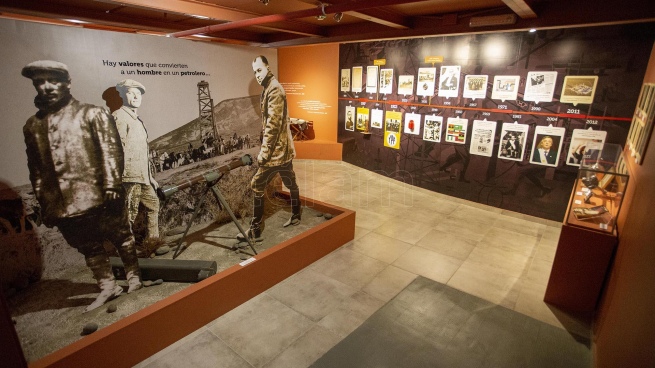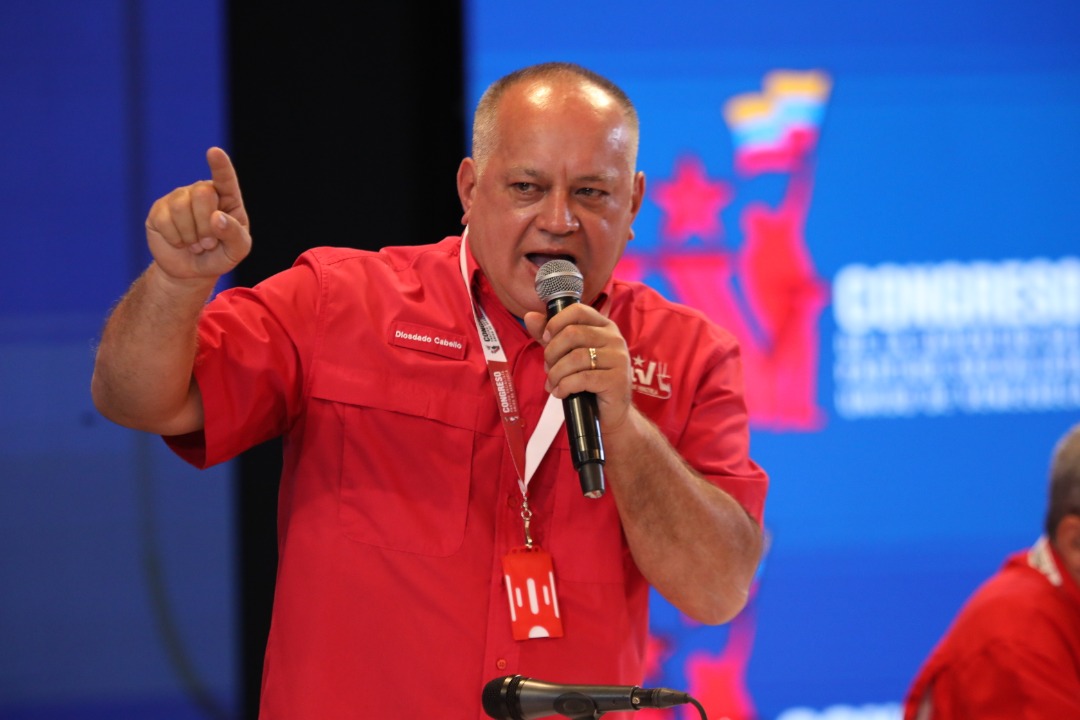Thanks to the action of hundreds of pioneers, YPF was born on June 3, 1922. However, the place that reflects that historic feat – the National Oil Museum – was only created 75 years later, on May 26, 1987, through resolution number 344, in which Comodoro Rivadavia was chosen as the place for its location. With the endorsement of the YPF board of directors, it was officially inaugurated on December 13, 1987, on the 80th anniversary of the discovery of oil.
The direction of the museum was headed by Humberto Beghin – son of one of the pioneers of the oil activity in Argentina – until 1992 when by decision of the new authorities of the company they decided to close it. Luckily, the following year, the University of Patagonia San Juan Bosco received the transfer of the National Petroleum Museum, until today. In addition, in April 1997, and through a law, would become a “Well of Historical and Cultural Interest”.
In black and white, stories of pioneers
This testimony of the history of oil in Argentina and of YPF as a driving force in the country’s industry, is one of the four most important in the world, along with similar ones in Russia, Canada and the United States.
Well number 2 is, without a doubt, the axis of the Museum. A monolith at the entrance to the General Mosconi neighborhood recalls the exact place where on December 13, 1907, oil was first discovered.
In 2009, a renovation project was presented, promoted by the Nation’s Ministry of Science, Technology and Technological Innovation, which ranked it as the most up-to-date in South America, with a collection enriched by the YPF company and the ypefianos pioneers themselves.
The museum of 10 thousand square meters Located on Avenida, Petrolero San Lorenzo N° 250, Barrio Enrique Mosconi, Comodoro Rivadavia, it has specialized guides that depart from the main building, going through the history of almost 115 years of oil in our country.
Originally, the museum was made by and for YPF staff and was geared towards scholars and in strictly technical terms. Today it is aimed at all audiences, with infographics to find out how oil is formed, where it is found and how it is searched for. A simulator teaches the action of a drill bit up to the moment when the oil emerges from the groundwater.
Historical overview includes photos and models of how pioneer families lived, their homes, clubs and society in general, all developed around oil. An outstanding place are the reproductions of the camps, those settlements that were later neighborhoods or cities, where towns such as Cañadón Perdido, Manantiales, Las Heras, Cañadón Seco or Caleta Olivia originated.
Also present in the tour of the Museum are transport, both oil and employees, as well as pumps, as time went by.
The Museum has archives that document the very history of the discovery of oil, the files of General Enrique Mosconi –from 1922 to 1930-his personal library, photographs in the mythical well nº 2, telegrams from the time, memoirs and balance sheets from the early years of YPF, among other gems.
There is a replica of the drilling tower with which oil was discovered, tanks, trucks from the 1960s and even a Ruston Machine to move heavy materials as well as the crane that carried people in the box for the transfer from the tip from the dock to the ship, whose final destination was the port of Buenos Aires.
The woman who guards that history

Graciela Ronconi is the Director of the National Petroleum Museum of Comodoro Rivadavia, a “Site Museum”named for having the emblematic well number 2 from where the oil was found meters from the Argentine Sea.
With more than a decade at the head of the institution, he told Télam that “this emblematic place not only exhibits heavy machinery, objects that have to do with the oil industry, but also has a great emotional and emotional charge for a large part of our community”.
Within the framework of the centenary of YPF, Ronconi says that the Museum gathered “testimonies from YPF workers, many of them are already retired, who tell us anecdotes, experiences with so much emotion and passion. Generations that passed through the company remember what their childhood was like, the happy years and the rich social activity, with the benefits that being from YPF offered”.
Ronconi remembers that among the pioneers there were many foreigners who came fleeing from the war: Bulgarians, Poles, Italians, Portuguese. But since not everything is past, in the Museum there are interactive sectors dedicated to the little ones.
“I am proud to lead such an emblematic and representative Museumbecause it vindicates the work of the immigrant who came to the country in search of a better future”, closes Ronconi, very moved by the testimony of a life dedicated to caring for the heart of YPF, which is the Museum.
“I would like the country to recognize the importance of oil and to know that
had its origins here, in Comodoro Rivadavia”.










